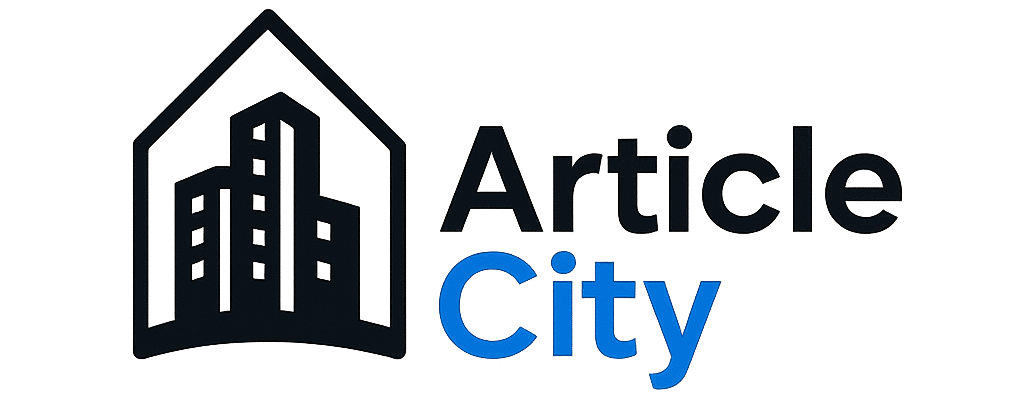Technical Writing Tips
9 Powerful Technical Writing Tips To Improve Your Skills in 2025
Introduction: Why Technical Writing Skills Matter More Than Ever
In the fast-evolving world of 2025, technical writing has become more than a behind-the-scenes role; it’s a strategic asset. Whether you’re documenting APIs, crafting product manuals, or creating onboarding guides, the ability to translate complex concepts into clear, actionable information is critical.
With AI tools rising and user expectations growing, clarity, precision, and structure aren’t just nice to have; they’re essential. Below are 9 powerful technical writing tips that will help you sharpen your writing, better serve your users, and boost your authority as a professional writer.
9 Powerful Technical Writing Tips
1. Understand Who You’re Writing For
Why it matters:
If you don’t know your audience, your writing will miss the mark. A new engineer and a non-technical executive have different needs, even if they’re reading about the same product.
Action Steps:
- Create user personas based on roles, experience levels, and goals.
- Ask: “What problem is the reader trying to solve?”
- Tailor tone, vocabulary, and examples accordingly.
Pro Tip: Use phrases like “technical writing for beginners” or “developer documentation” for better SEO targeting.
2. Clarity is the Cornerstone
Why it matters:
In technical writing, clarity is non-negotiable. Your readers are trying to complete a task or understand a system, not read a novel.
How to write clearly:
- Use short, active sentences.
Bad: “The data was input by the user.”
Better: “The user entered the data.” - Remove unnecessary modifiers.
- Avoid vague words like thing, stuff, it, unless already defined.
Tool Tip: Use the Flesch Reading Ease Score or Hemingway App to check readability.
3. Structure Your Content Like a Blueprint
Why it matters:
Even the most valuable information gets ignored if it’s buried in paragraphs. Users scan first, read later.
Best practices:
- Use H2 for major sections, H3/H4 for sub-sections.
- Break long blocks of text with bullets, numbered steps, and visual callouts.
- Follow a logical flow: Problem, Solution, Step,s Outcome
SEO Tip: Use keyword-rich headers like:
“How to Write a Step-by-Step Guide for Software Users”
4. Stay Consistent With Terminology
Why it matters:
Inconsistent terms confuse readers. Is it “press” or “click”? “Log in” or “sign in”? Technical writing thrives on predictability.
How to maintain consistency:
- Build a glossary for your product.
- Use tools like Grammarly, ProWritingAid, or PerfectIt to catch inconsistencies.
- Refer to established style guides (Microsoft, Google, or IBM).
Content Strategy Tip: Use the same wording your product UI uses.
5. Use Visuals To Reinforce Understanding
Why it matters:
Visuals break down complexity. A well-placed screenshot or flowchart can explain what paragraphs cannot.
Examples of effective visuals:
- Screenshots with callouts for UI guides.
- Diagrams showing system architecture or workflows.
- Code snippets with syntax highlighting for developer docs.
SEO Boost: Always use descriptive alt text. E.g.,
alt="Flowchart showing system login process"
6. Edit Ruthlessly (and Then Edit Again)
Why it matters:
First drafts are never final drafts. Polished technical writing removes fluff, reduces ambiguity, and ensures accuracy.
How to edit effectively:
- Read out loud to spot clunky sentences.
- Trim redundant phrases.
Replace: “Because…”
With: “Because” - Use online editing tools, but trust your judgment too.
Pro Workflow Tip: Edit in three rounds: content clarity, formatting, and SEO optimization.
7. Add a Table of Contents (TOC) for Longer Docs
Why it matters:
A TOC gives your reader control. In long technical documents, jump navigation enhances usability and lowers bounce rates.
TOC Best Practices:
- Use your CMS or Markdown to auto-generate a TOC.
- Ensure each section has unique anchors or IDs.
- Write headers that describe benefits, not just topics.
SEO Perspective: A clickable TOC improves dwell time, which boosts search rankings.
8. Gather Feedback From Real Users
Why it matters:
You may think your guide is flawless, but what do your users think? Real users highlight blind spots you didn’t know existed.
Ways to gather feedback:
- Conduct usability testing on your docs.
- Run feedback surveys after product launches.
- Review customer support tickets for repeated questions.
Actionable Tip: Turn FAQs from user feedback into standalone articles great for SEO and UX.
9. Keep Evolving With Tools & Trends
Why it matters:
Documentation styles, platforms, and user expectations are evolving rapidly. Staying current makes you a better writer and a more valuable asset.
What to follow:
- Subscribe to Write the Docs, Google’s Developer Blog, and Smashing Magazine.
- Join forums like Stack Overflow, Reddit r/technicalwriting, or LinkedIn groups.
- Take updated courses on LinkedIn Learning, Udemy, or Coursera.
SEO Insight: Refresh outdated posts annually Google prioritizes up-to-date content.
Bonus: Top Tools for Technical Writers in 2025
| Tool | Use |
|---|---|
| Grammarly / Hemingway | Clarity and grammar |
| Draw.io / Lucidchart | Diagrams and visuals |
| Snagit / Lightshot | Screenshots and annotations |
| Typora / MarkdownPad | Markdown editing |
| Rank Math SEO | SEO optimization in WordPress |
| Doxygen / Sphinx / Javadoc | Code documentation generators |
| Google Docs / Notion | Collaborative writing and version control |
Final Thoughts: Technical Writing Is Empowering
Great Technical Writing Tips isn’t just about explaining, it’s about empowering. When you write with empathy, structure your thoughts, and refine with precision, you create documents that solve problems and build trust.
By applying these 9 technical writing tips, you’ll produce clearer, more helpful, and more discoverable content while positioning yourself as a go-to communicator in your niche.


